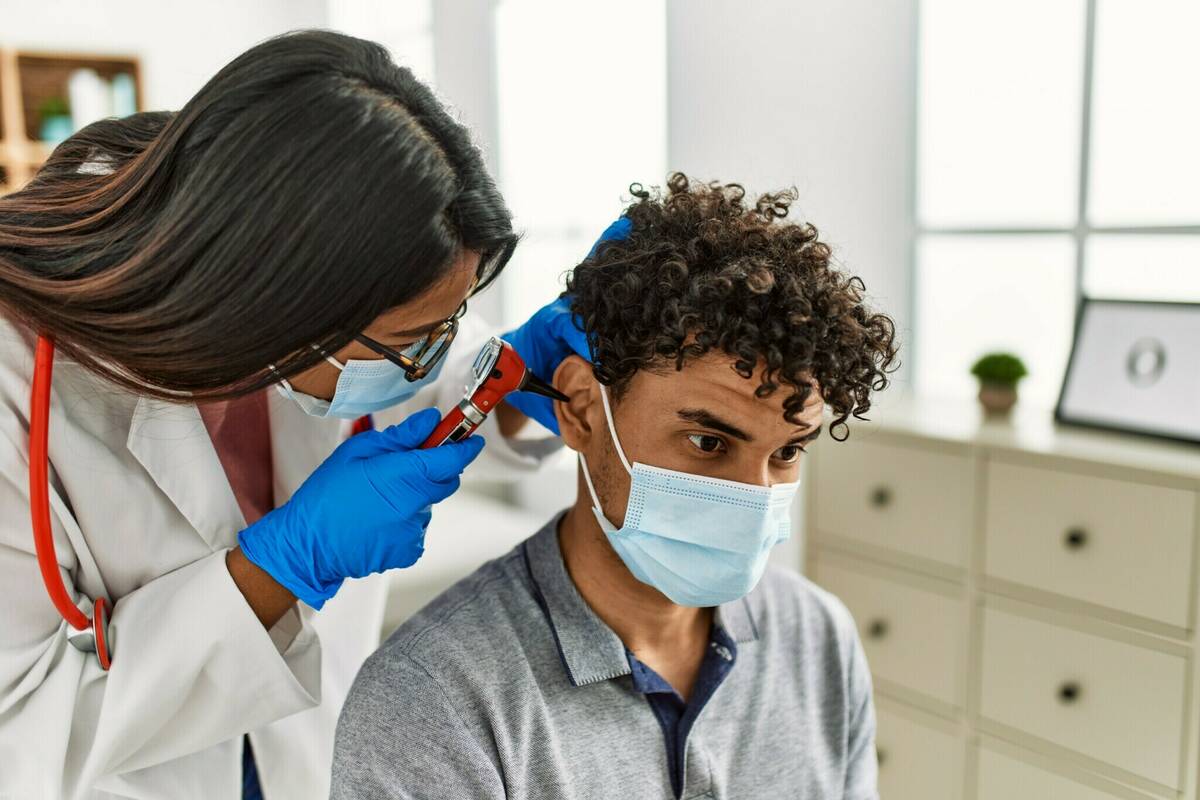
Education 29 March 2022
Head and Neck Cancer Awareness
April is Oral, Head and Neck Cancer Awareness Month. Do you know your risk?
Did you know? In the U.S., a new head and neck cancer case is diagnosed every 10 minutes. It is the 6th most common cancer worldwide.
Want to hear the good news? Head and neck cancer has more than an 80% survival rate when it is found and treated early. Early detection and diagnosis of oral, head and neck cancers is crucial in creating better patient outcomes and successful treatments.
This April, Ivinson is joining healthcare facilities and clinics worldwide in raising awareness around oral, head and neck cancer. In addition to our Free Oral, Head and Neck Cancer Screening Day, we are asking our community to evaluate their own risk for developing cancer.
Who is most at risk of developing oral/head/neck cancer?
- Tobacco Users: includes smoking cigarettes, cigars, or pipes; chewing tobacco; and using snuff. Tobacco use is the single largest risk factor for head and neck cancer.
- Researchers estimate that 70% to 80% of head and neck cancers are linked to tobacco use.
- People who frequently and heavily consume alcohol
What are other risk factors?
- People over 40 are at higher risk.
- Men are 2 to 3 times more likely than women to develop head and neck cancer.
- Poor Dental Hygiene.
- Environment/Occupational Exposures: Inhaling asbestos, wood dust, paint fumes, and certain chemicals may increase a person’s risk.
- Prolonged Sun Exposure: This is especially linked to cancer in the lip area, as well as skin cancer of the head and neck.
- Human papillomavirus (HPV) Infection.
- Epstein-Barr virus (EBV): Exposure to EBV (also known as the virus that causes mononucleosis or “mono”) plays a role in the development of nasopharyngeal cancer.
- Marijuana Use.
- Poor nutrition: A diet low in vitamins A and B can raise a person’s risk.
- Gastroesophageal reflux disease (GERD) and laryngopharyngeal reflux disease (LPRD): Reflux of stomach acid into the upper airway and throat may be associated with the development of head and neck cancer.
- Weakened immune system.
- Exposure to radiation: Exposure to radiation is associated with salivary gland cancer.
- Previous history of head and neck cancer: People who have had 1 head and neck cancer have a higher chance of developing another head and neck cancer in the future.
What symptoms are often associated with oral/head/neck cancer?
Oral, head and neck cancer symptoms can often include a lump in the neck or a sore in the mouth/throat that does not heal or go away. This lump/sore may be painful, cause difficulty swallowing, and a result in a change or hoarseness in the voice.
Other symptoms of cancers in specific areas:
In the mouth:
- A white or red patch on the gums, the tongue, or the lining of the mouth.
- Growth or swelling of the jaw.
- Unusual bleeding or pain in the mouth.
- Swelling under the chin or around the jawbone
- Numbness of the muscles in the face
- Pain in the face, chin or the neck that does not go away.
In the throat/neck:
- Pain when swallowing.
- Pain in the neck/throat that does not go away.
- Painful or ringing in the ears.
- Trouble hearing.
- Trouble breathing or speaking.
In the sinuses and nasal cavity:
- Sinuses that are blocked and do not clear.
- Chronic sinus infections resistant to treatment or antibiotics.
- Bleeding through the nose.
- Frequent headaches.
- Eye swelling.
- Pain in the upper teeth or problems with dentures.
If you have one or more of these risk factors or symptoms, talk with your primary care provider for an evaluation.